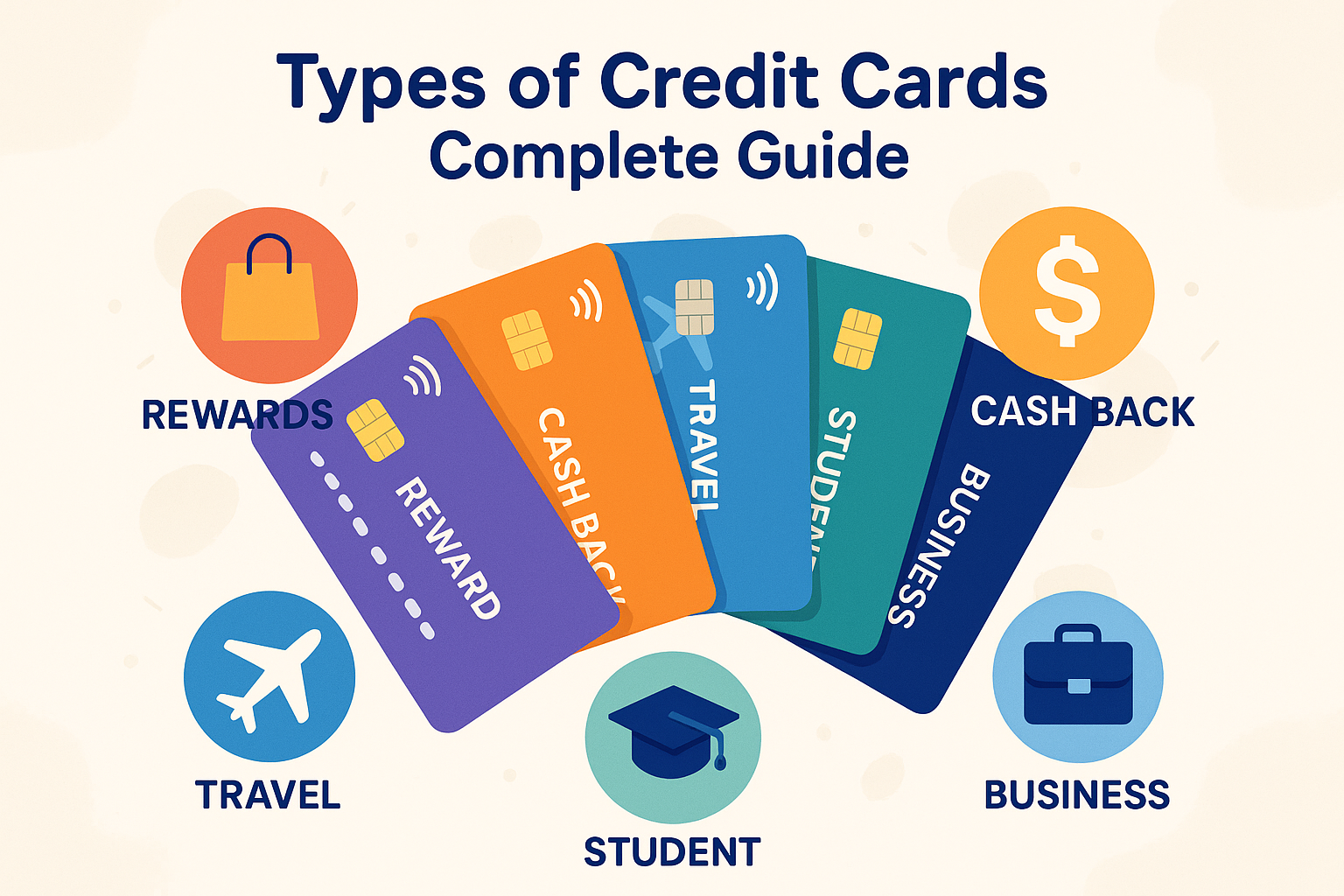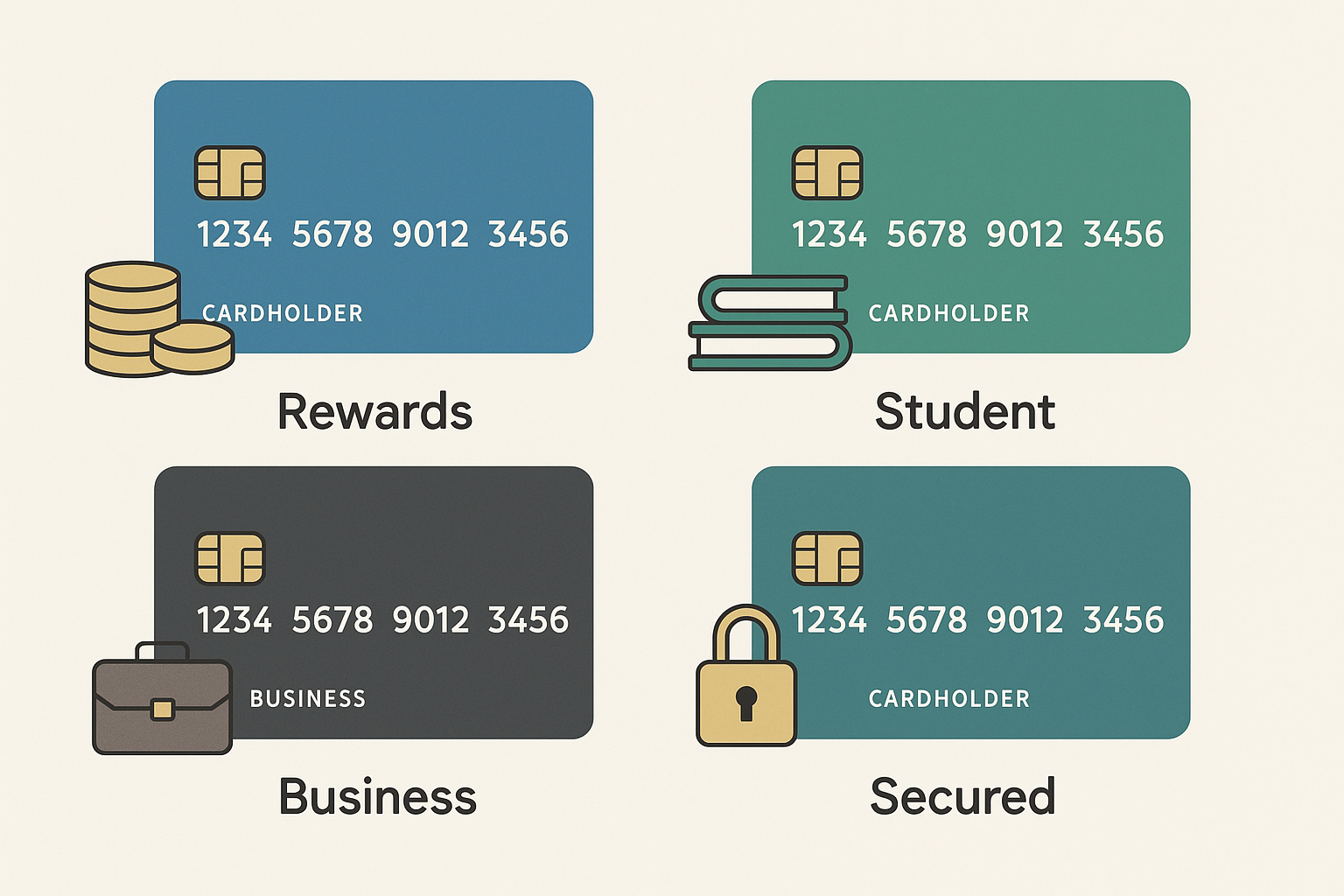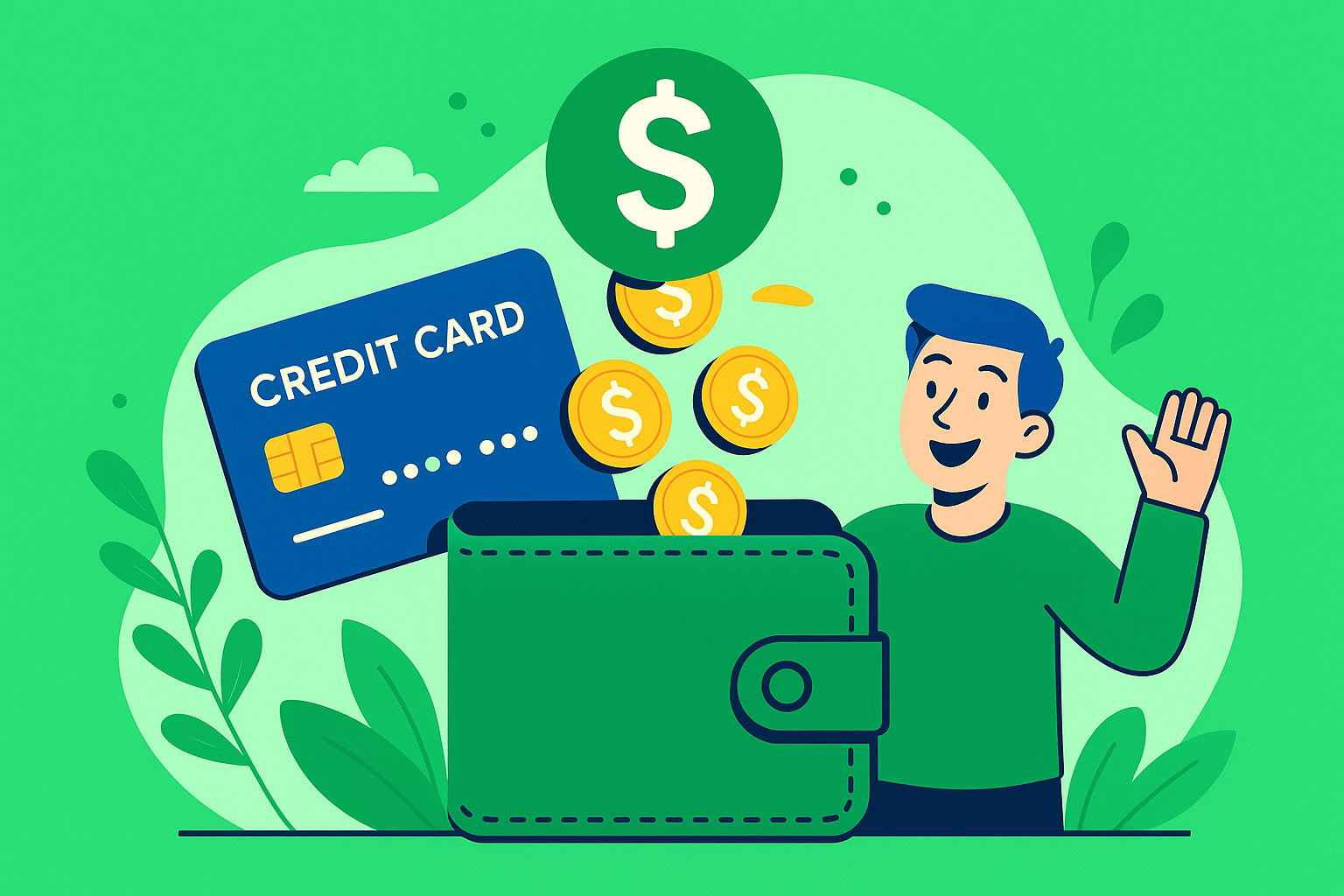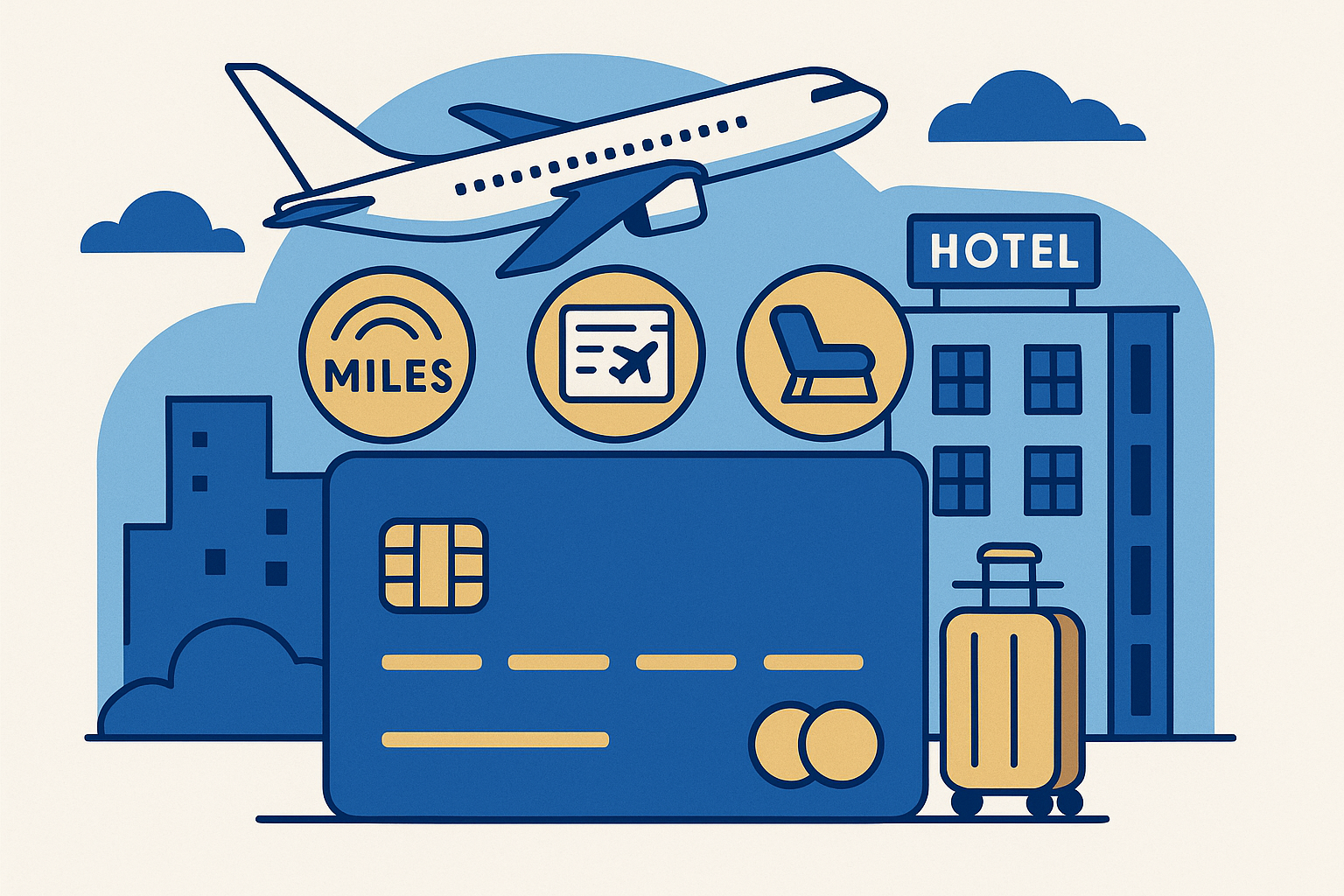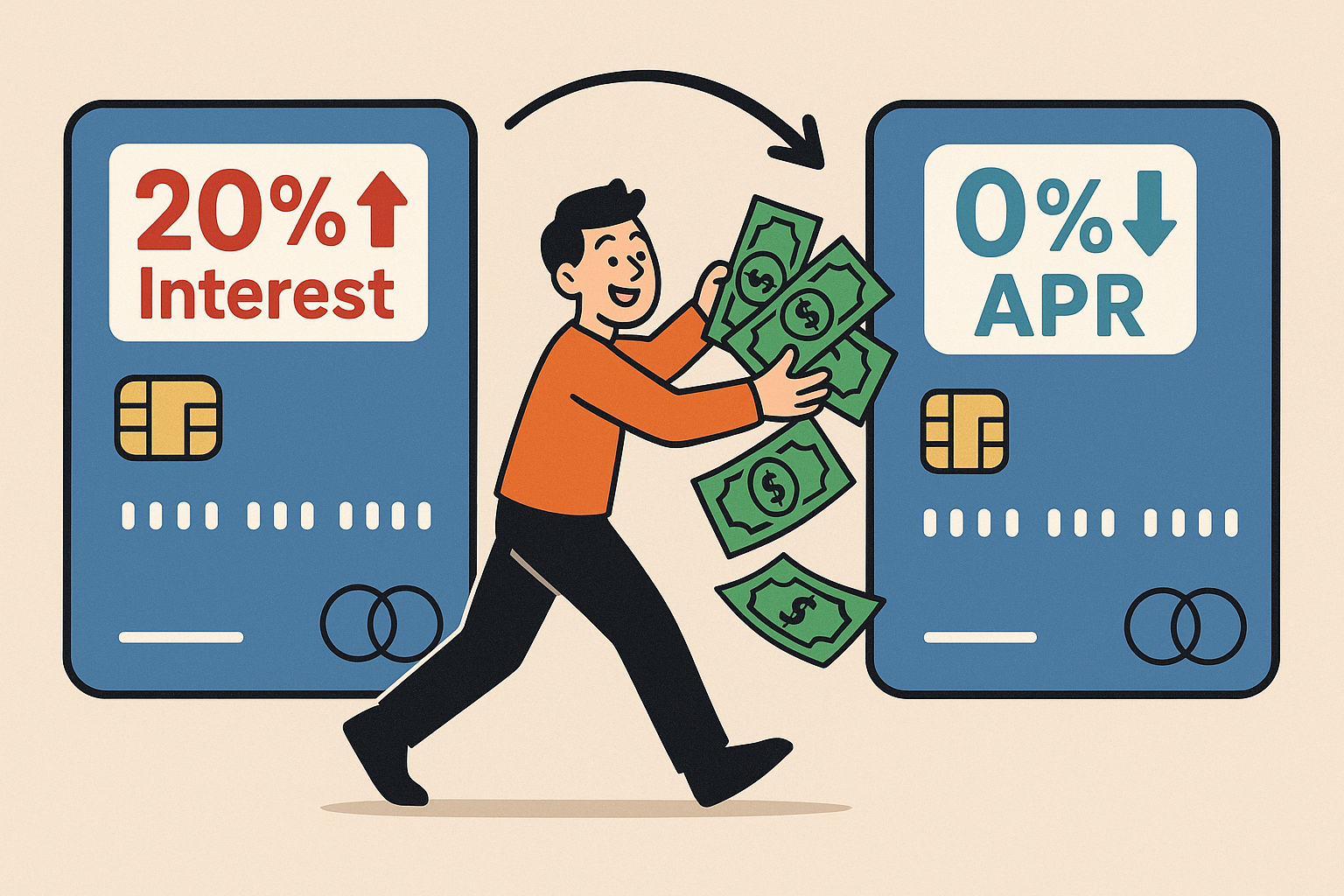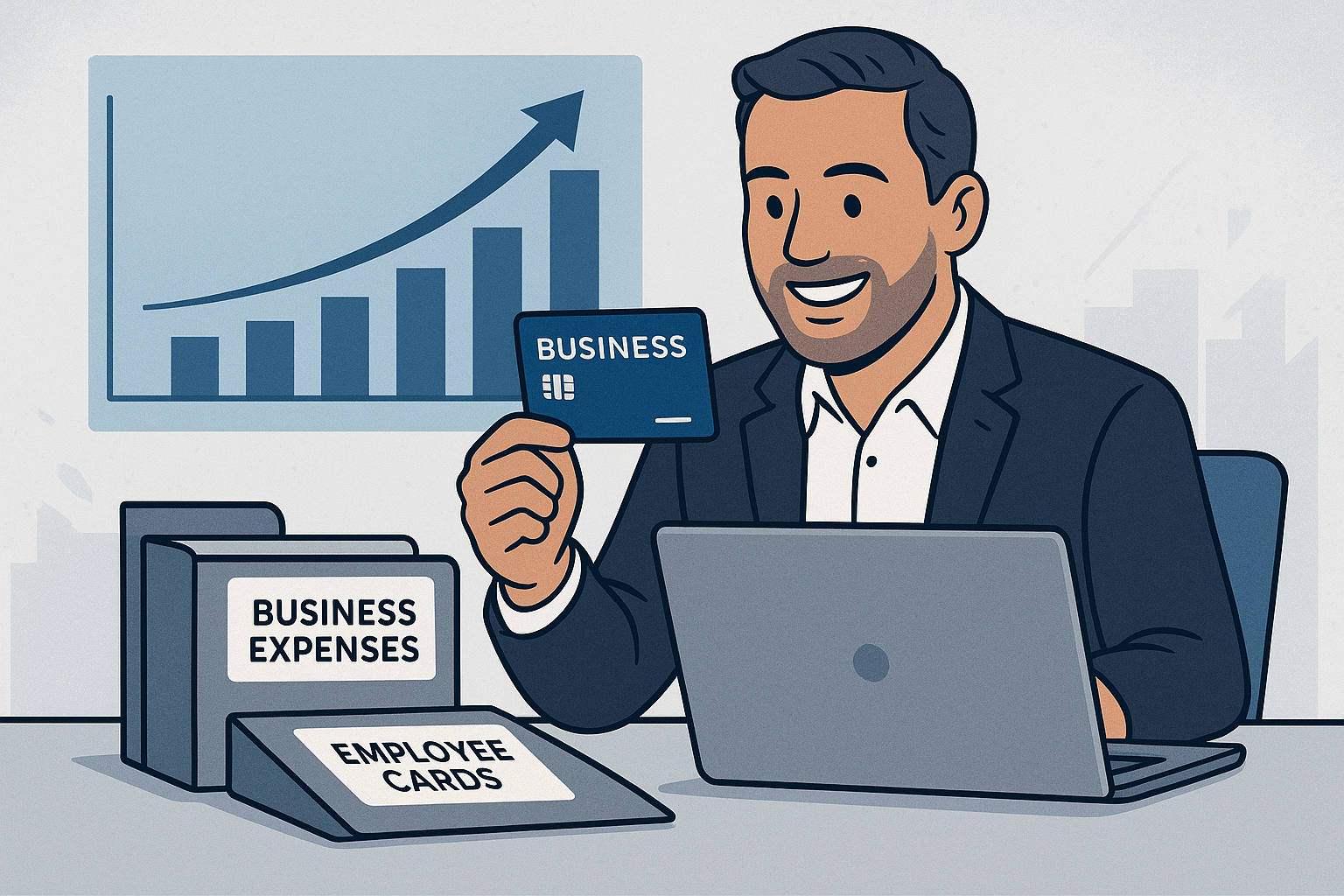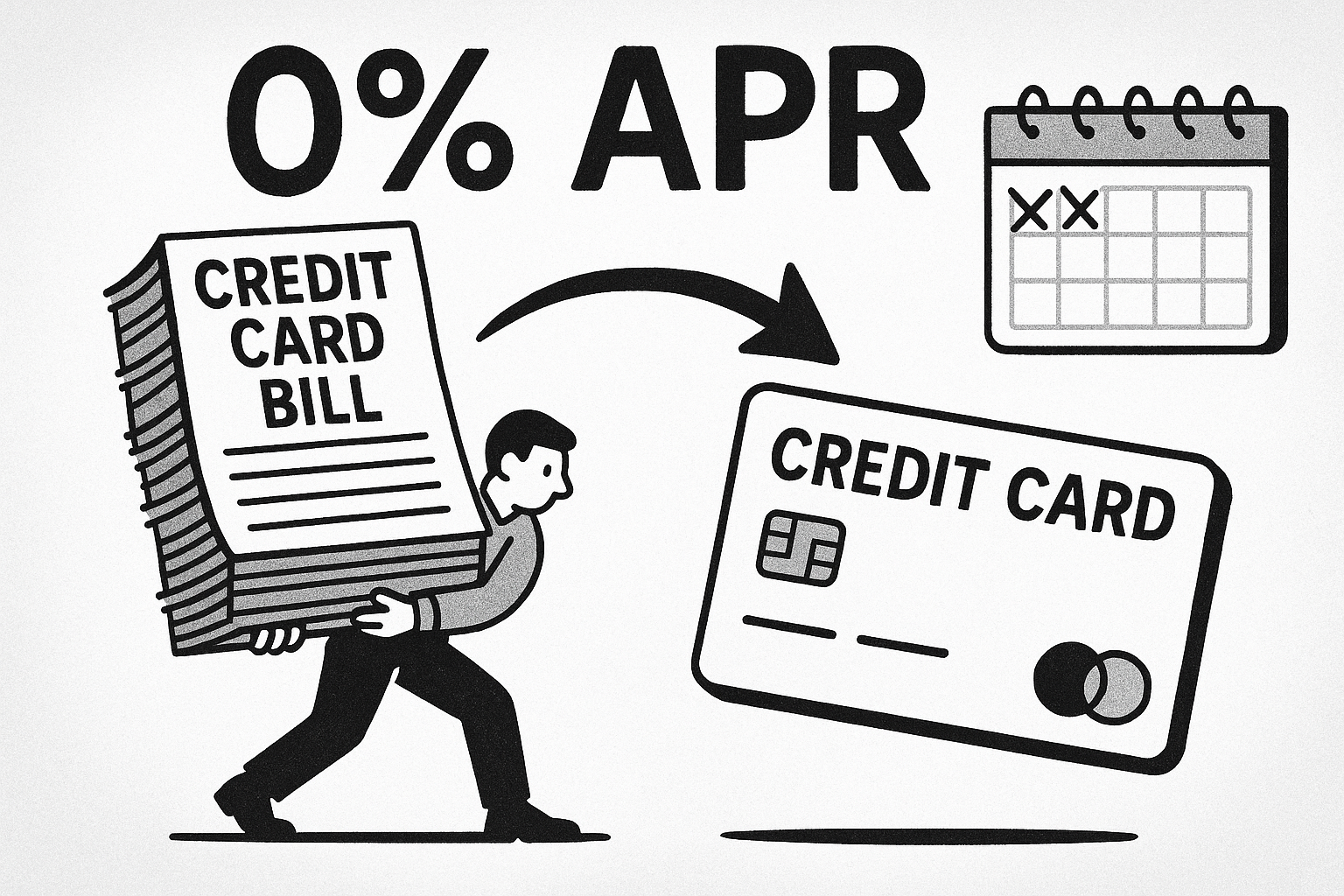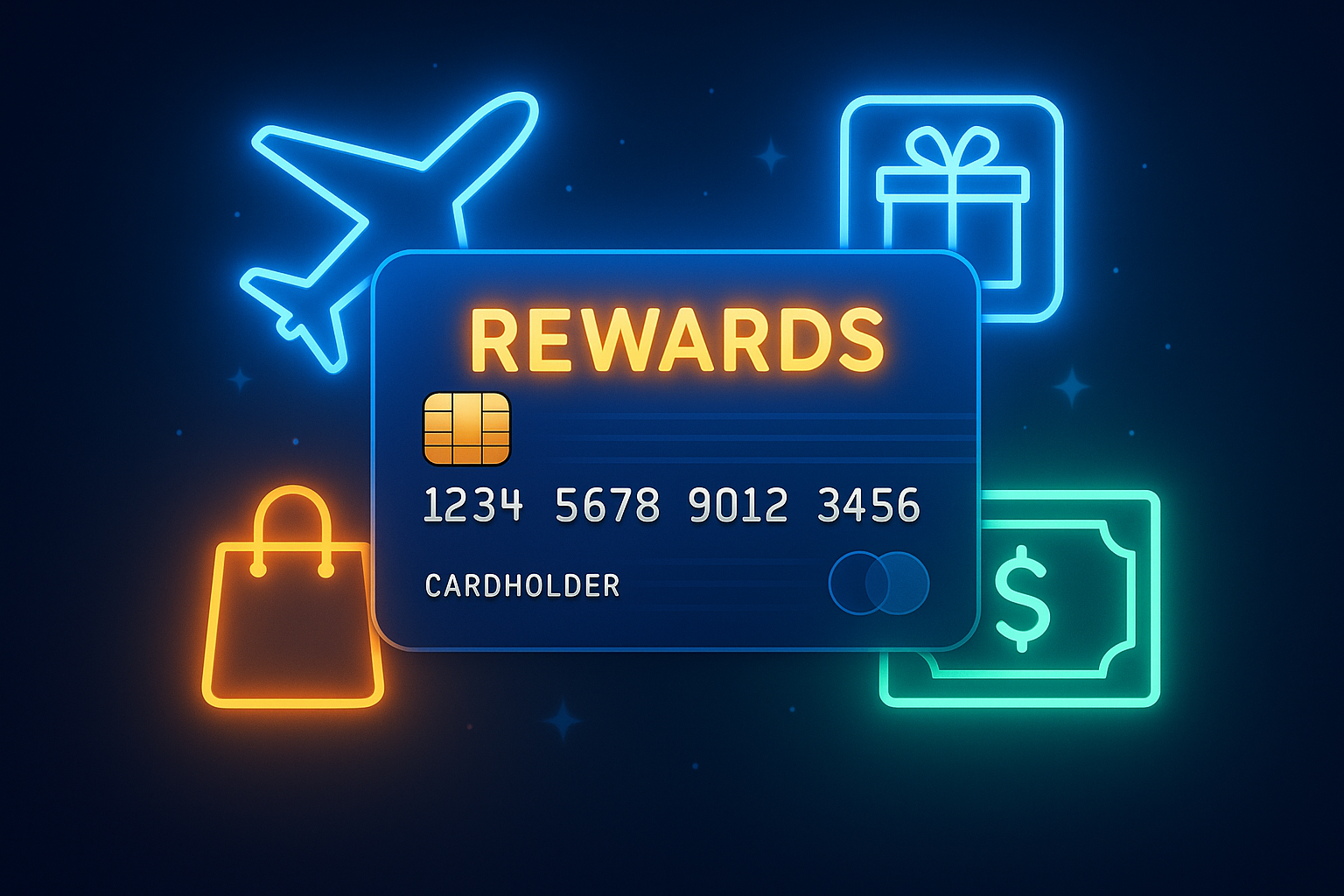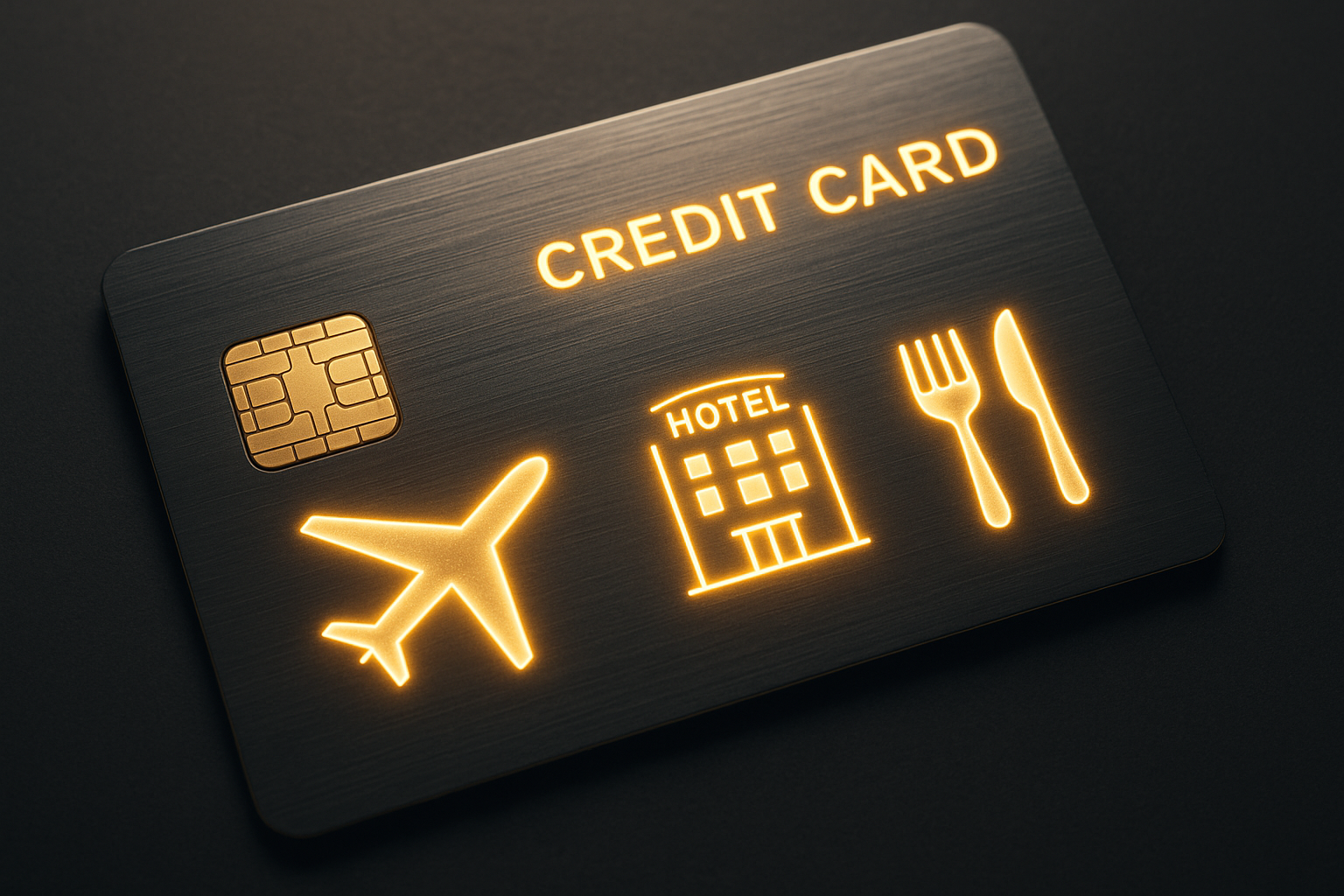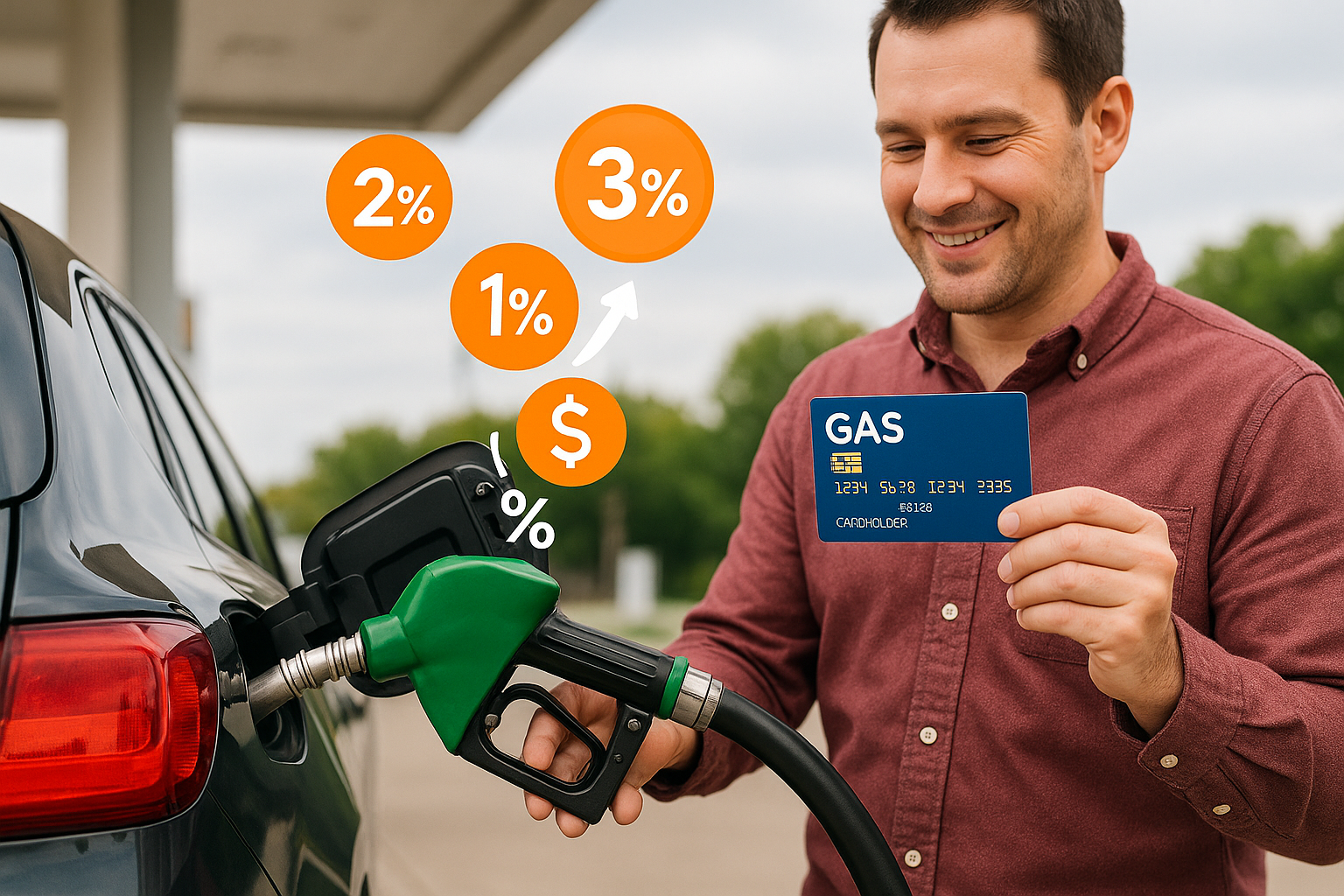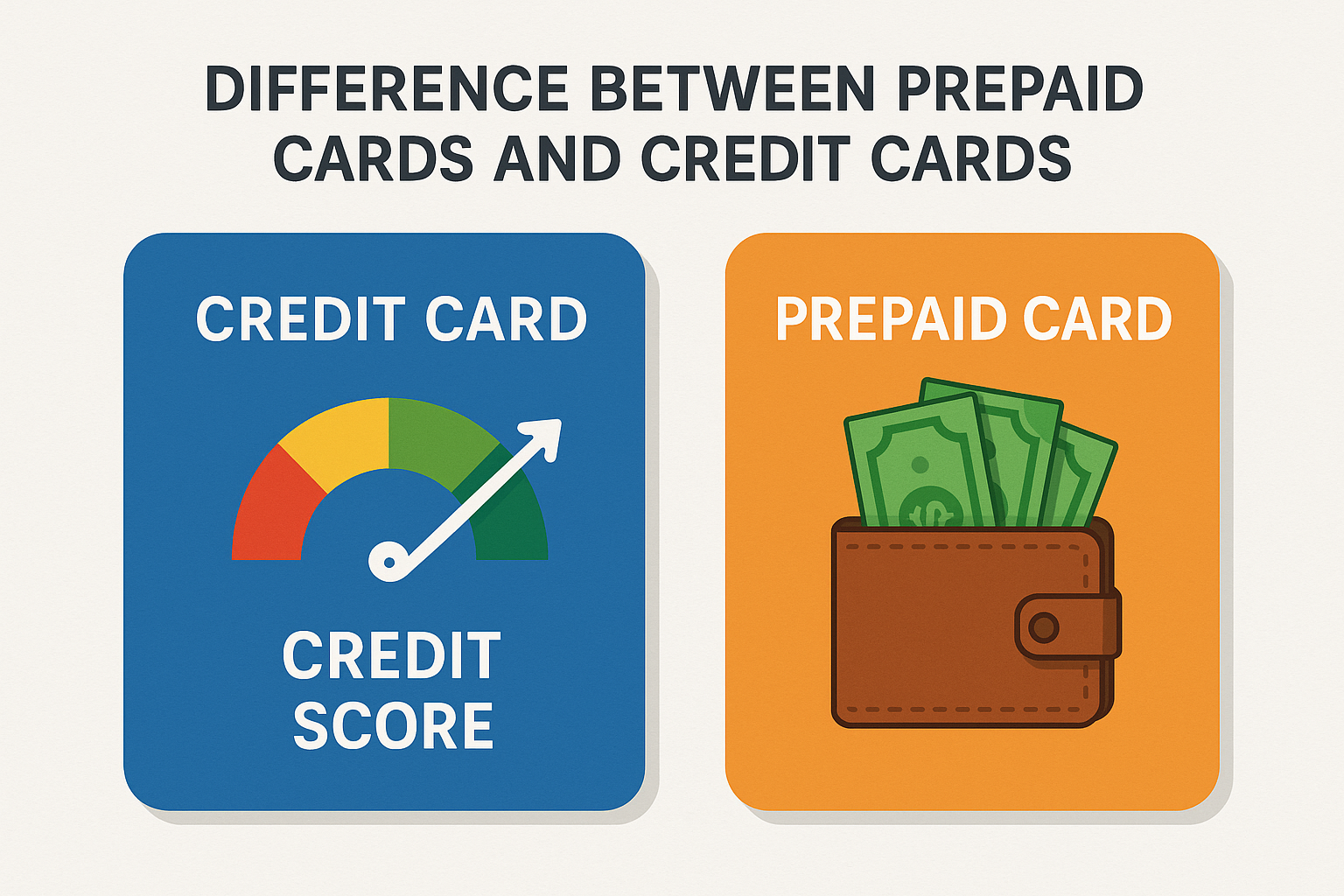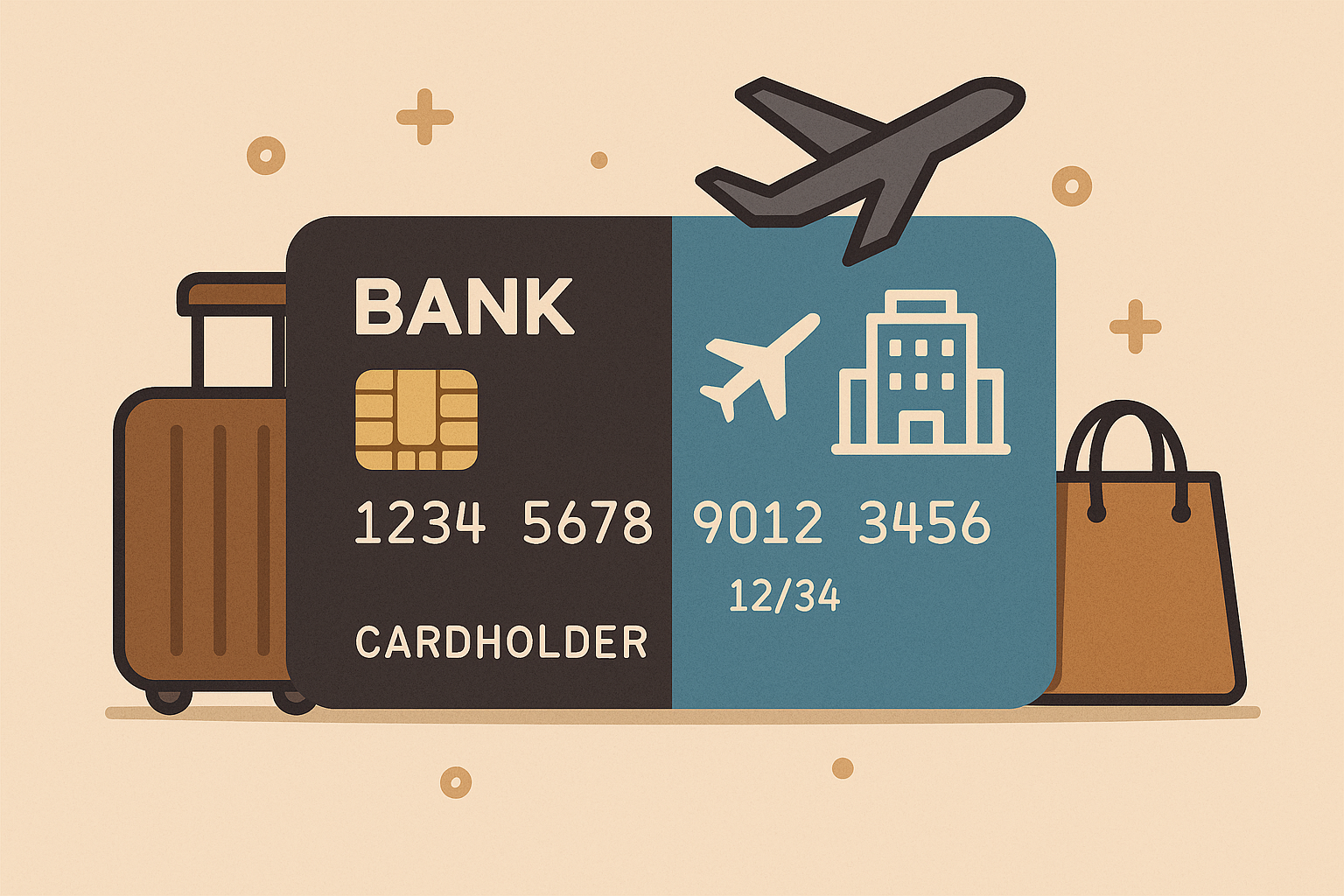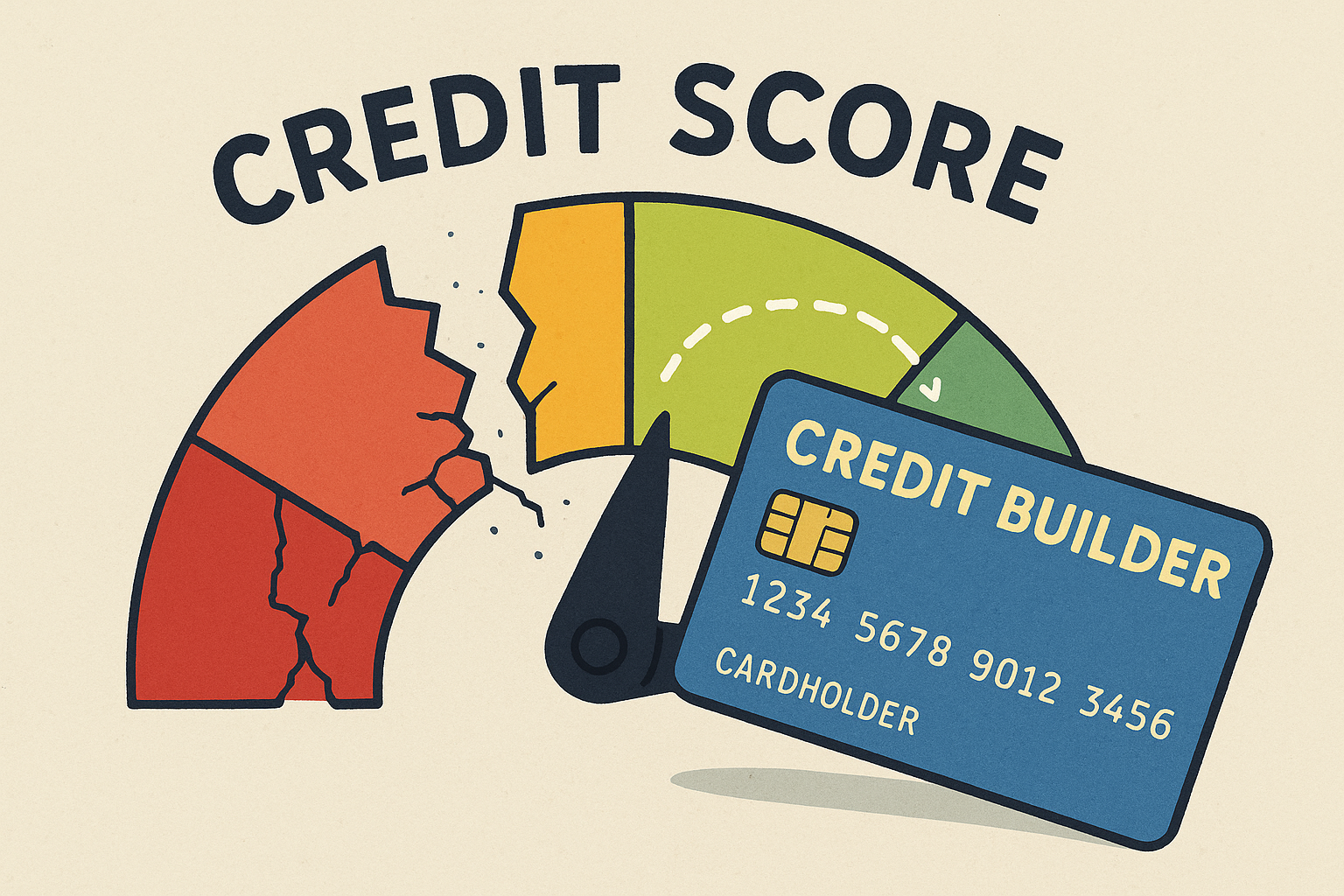Introduction:
When people hear the word credit card, they often imagine one simple card used for shopping or paying bills. But in reality, there are many kinds of credit cards, and each type is made for a different purpose.
Some cards give you rewards like points, cash back, or travel miles. Some help you save money on interest or transfer balances. Others are designed to build or rebuild credit, especially for students or beginners.
Understanding the different types of credit cards is very important. If you know what each type does, you can:
-
Choose the right card for your needs.
-
Avoid paying unnecessary fees or high interest.
-
Take full advantage of rewards and benefits.
-
Build a strong credit history for your future.
This guide explains the popular card types, answers common questions like “What are the 4 types of credit cards?” and “What are the 3 types of credit cards in the USA?”, and gives you simple steps to pick the best card for yourself.
By the end, you will understand all the different types of credit cards in plain, simple words — so even a 6th-grader can follow along
Low Interest Credit Cards: Your Ultimate Guide to Zero and 0% APR Offers
High Credit Limit Credit Cards
Best Credit Cards for Bad Credit in 2025 – Rebuild Fast
Smile Generation Credit Card: Your Guide to Affordable, Flexible Dental Financing.
2. What Does “Type of Credit Card” Mean?
When we talk about the types of credit cards, we are simply grouping them by their purpose and features.
For example:
-
Some cards reward you when you spend (cash back, points, miles).
-
Some cards are designed for students or beginners.
-
Some cards are for business owners to separate expenses.
-
Some help people with low credit scores rebuild their credit.
So, when someone asks about the “kinds of credit cards” or “different types of cards,” they want to know how credit cards are classified into categories.
Think of it like this: all credit cards work for payments, but their main benefits decide what type they belong to.
3. The Main Types of Credit Cards (and How They Differ)
1 Rewards Credit Cards
Rewards credit cards are one of the most popular card types worldwide. The idea is simple: every time you use the card, you earn rewards. These rewards may come in the form of:
-
Points – you collect points that can be redeemed for shopping, gift cards, or statement credits.
-
Cash back – you get a small percentage of your spending returned to you as cash or credit.
-
Miles – you earn travel miles that can be used for flights, hotels, or upgrades.
Why people use rewards credit cards:
-
They make your everyday spending more valuable. For example, if you spend $100 and earn 2% cash back, you get $2 back.
-
Many cards offer bonus categories, like extra points on groceries, gas, or dining.
-
They often come with extra perks like purchase protection, extended warranty, or travel insurance.
Pros:
-
Earn rewards on everyday purchases.
-
Flexibility in redemption options (cash, travel, points).
-
Great for people who pay their balance in full every month.
Cons:
-
Higher interest rates if you carry a balance.
-
Some cards charge an annual fee.
-
Complex reward systems can be confusing.
Example:
A cash back card might give you 1% on all purchases, 2% at grocery stores, and 3% on dining. A frequent traveler might prefer a travel rewards card that earns airline miles instead.
So, rewards credit cards are best for people who use their cards regularly and want to get something extra for it.
2 Cash Back Credit Cards
Cash back credit cards are the simplest and most beginner-friendly type of rewards card. Instead of points or miles, they give you real money back every time you spend. This money usually appears as a statement credit (reducing your bill) or sometimes as direct cash to your bank account.
How they work:
-
You swipe your card for $100 at a grocery store.
-
If your card offers 2% cash back on groceries, you earn $2.
-
At the end of the month, your credit card statement shows $2 less to pay, or you can request it as cash.
Why people love cash back cards:
-
They are very easy to understand — no complicated points systems.
-
They are useful for everyday spending like groceries, fuel, dining, and online shopping.
-
You can save hundreds of dollars a year just by using your card for regular expenses.
Pros:
-
Straightforward rewards system.
-
No special knowledge needed — anyone can benefit.
-
Many options: flat-rate (same cash back on everything) or category-based (higher cash back on certain purchases).
Cons:
-
Some cards limit categories (e.g., 3% on groceries but only up to $500 per month).
-
High interest rates cancel out rewards if you don’t pay your balance in full.
-
Premium cash back cards may charge annual fees.
Example:
A card may give:
-
1.5% cash back on all purchases, OR
-
3% on dining, 2% on groceries, 1% on everything else.
If you spend $10,000 in a year, you could easily earn $150–$300 back, just by choosing the right card.
Cash back cards are best for people who want simplicity and real savings without tracking points or travel miles.
3 Travel, Airline, and Hotel Credit Cards
Travel credit cards are made for people who travel often. Instead of giving simple cash back, they offer miles, travel points, or hotel rewards. These rewards can be used for:
-
Free or discounted airline tickets
-
Hotel stays or room upgrades
-
Travel perks like lounge access, free checked bags, or travel insurance
How they work:
-
You book a flight worth $500.
-
Your card earns 5 miles per $1 spent on travel.
-
That means 2,500 miles added to your account.
-
Later, you can redeem these miles for another flight or hotel.
Pros:
-
Best value for frequent travelers.
-
Perks like airport lounge access, priority boarding, or free hotel nights.
-
Some premium cards also include insurance and concierge services.
Cons:
-
Rewards are not as simple as cash back.
-
Often have annual fees (sometimes $95–$500).
-
Good only if you travel enough to use the benefits.
Example:
-
An airline card may give you 2 miles for every $1 spent on travel.
-
A hotel card might give a free hotel night each year as a bonus.
So, if you fly or stay in hotels regularly, travel credit cards can save you a lot of money and make your trips more comfortable.
4 Low-Interest, Balance Transfer, and 0% APR Credit Cards
Not all people want rewards. Some people mainly want to save money on interest. For them, low-interest and balance transfer credit cards are a better choice.
Low-Interest Cards
These cards come with a lower APR (Annual Percentage Rate) than standard cards. They help if you sometimes carry a balance from month to month. Instead of paying 25% interest, you might pay only 10–15%.
Balance Transfer Cards
These cards let you move existing debt from one card to another. Many balance transfer cards offer 0% APR for 12–21 months. That means you can pay down your debt without extra interest during that period.
0% Introductory APR Cards
These cards give you a temporary period of zero interest on new purchases, balance transfers, or both. They are perfect if you plan a big purchase and want time to pay it off slowly.
Pros:
-
Can save hundreds of dollars in interest.
-
Useful for debt consolidation.
-
Gives breathing room to manage big purchases.
Cons:
-
Balance transfer fees (usually 3–5%).
-
After intro period, rates may jump high.
-
No big rewards like points or cash back.
Example:
If you have $2,000 debt on a high-interest card charging 20% APR, moving it to a 0% APR card for 18 months can save you around $600 in interest.
These cards are best for people who want to manage debt smartly rather than focus on earning rewards.
5 Secured Credit Cards
A secured credit card is made for people who have no credit history or a low credit score. Unlike normal (unsecured) cards, you must deposit money as security before using the card.
How it works:
-
You deposit $200 as collateral.
-
Your credit limit becomes $200.
-
You use the card for purchases and pay the bill on time.
-
Each payment is reported to the credit bureaus, which helps you build or rebuild credit.
Over time, if you manage your card responsibly, the bank may return your deposit and upgrade you to a regular (unsecured) credit card.
Pros:
-
Easy approval, even with bad credit.
-
Helps establish or rebuild credit history.
-
Works like a normal credit card for payments.
Cons:
-
Requires an upfront deposit.
-
Usually no big rewards or perks.
-
Credit limit is tied to your deposit (often low).
Example:
If you are new to the USA and don’t have a credit history, you can apply for a secured credit card with a $300 deposit. By paying bills on time for 12 months, you improve your credit score and may qualify for a better card later.
Secured cards are like a training tool — they help you practice good credit habits and prove you are trustworthy with borrowing.
6 Student Credit Cards
A student credit card is specially designed for college or university students who are new to credit. These cards usually have low credit limits and basic features, but they help students start building a credit history early.
Key Features:
-
No or very low annual fees.
-
Lower credit limits (often $300–$1,000).
-
Easy approval even without a credit history.
-
Sometimes offer rewards like cash back on everyday purchases (food, books, transport).
Why they are useful:
Students often don’t have steady income or long financial history. A student credit card allows them to make small purchases (like groceries or online subscriptions) and learn responsible money management.
Pros:
-
Helps young people start building credit.
-
May come with educational resources on financial literacy.
-
Often include rewards tailored for students (like discounts on food delivery or streaming services).
Cons:
-
Low credit limit may not cover larger expenses.
-
High interest rates if you don’t pay on time.
-
Missing payments can hurt your credit score early on.
Example:
If a student buys textbooks worth $150 using their student credit card and pays the bill in full, this positive activity gets reported to credit bureaus. Over time, this builds a strong foundation for future financial products like car loans or mortgages.
7 Business Credit Cards
A business credit card is designed for small business owners, freelancers, and companies. These cards help keep personal and business expenses separate, while also offering rewards and perks tailored for business needs.
Key Features:
-
Higher credit limits than personal cards.
-
Rewards for business spending (office supplies, travel, advertising).
-
Expense tracking tools to manage employee or business purchases.
-
Some cards offer free employee cards with spending limits.
Why they are useful:
Business credit cards simplify accounting and cash flow management. Instead of mixing personal and business expenses, everything stays organized in one account. Plus, they often include benefits like purchase protection, extended warranties, and travel perks that are valuable for business travel.
Pros:
-
Helps build a business credit profile (separate from personal credit).
-
Useful for managing employee expenses.
-
High rewards on categories like travel, fuel, and office supplies.
-
Often come with tools for expense management and reporting.
Cons:
-
Personal liability may still apply if the business cannot pay.
-
Higher fees or annual charges on premium cards.
-
Interest rates can be costly if balances are not paid in full.
Example:
A small business owner uses a business credit card to pay for $1,000 worth of online ads. The card earns 3% cash back, saving $30, and also provides a monthly expense report to track spending.
8 Balance Transfer Credit Cards
A balance transfer credit card is designed to help people pay off existing debt by moving the balance from a high-interest card to one with low or 0% introductory APR (for a limited period).
How it works:
-
You have $3,000 debt on a card charging 20% interest.
-
You transfer this debt to a balance transfer card offering 0% APR for 18 months.
-
During that period, you only pay the principal without heavy interest charges.
This gives breathing room to clear debt faster.
Pros:
-
Saves money on interest.
-
Makes debt repayment more manageable.
-
Can consolidate multiple debts into one payment.
Cons:
-
Introductory 0% APR usually lasts 12–21 months. After that, regular interest applies.
-
Balance transfer fee (usually 3–5% of the amount transferred).
-
Requires good to excellent credit for approval.
Why people use them:
They are ideal for anyone struggling with high-interest debt but confident they can repay within the promo period. It’s a debt management tool, not a card for new spending.
Example:
If you owe $2,000 on a card with 24% APR, transferring it to a 0% balance transfer card for 15 months can save you hundreds of dollars in interest while you pay it off.
9 Rewards Credit Cards
A rewards credit card gives you points, miles, or cash back every time you use the card for purchases. These rewards can later be redeemed for things like gift cards, travel, merchandise, or statement credits.
Types of Rewards:
-
Cashback Rewards – Earn a percentage of your spending back as cash (e.g., 2% on groceries).
-
Travel Rewards – Earn points or miles that can be redeemed for flights, hotels, or car rentals.
-
Points Rewards – Earn flexible points that can be redeemed for different perks (shopping, dining, travel).
Why people love them:
Rewards cards turn everyday spending into valuable benefits. For example, using your card for groceries, fuel, and dining out can quickly add up to free travel or cash back.
Pros:
-
Earn rewards on every purchase.
-
Special bonus categories (like dining, fuel, or online shopping).
-
Sign-up bonuses with extra points or cash if you spend a certain amount in the first few months.
Cons:
-
Higher APR compared to basic credit cards.
-
Annual fees on premium rewards cards.
-
Rewards often expire or have redemption restrictions.
Example:
If you spend $500 a month on dining and groceries, and your card offers 2% cash back, you could earn $120 in rewards every year just by using the card for everyday purchases.
10 Travel Credit Cards
A travel credit card is perfect for people who fly often, stay in hotels, or travel abroad. These cards give rewards in the form of miles, travel points, or hotel stays. They also come with special travel benefits like airport lounge access, travel insurance, and no foreign transaction fees.
Key Features:
-
Earn airline miles or hotel points on purchases.
-
Redeem rewards for free flights, hotel stays, or car rentals.
-
Extra perks like priority boarding, baggage protection, or free hotel upgrades.
-
Some premium travel cards offer airport lounge access and concierge services.
Pros:
-
Great for frequent travelers.
-
Travel insurance and purchase protection included.
-
Rewards often more valuable when redeemed for travel instead of cash.
Cons:
-
High annual fees on premium travel cards.
-
Rewards systems can be complicated (blackout dates, redemption limits).
-
Best value only if you actually travel often.
Example:
If you use a travel card to book a $600 flight and earn 3x miles per dollar, you’ll earn 1,800 miles. Later, you can use these miles to book part of your next trip for free.
11 Store Credit Cards
A store credit card is issued by a retail store or chain and can usually only be used at that store (or its partners). These cards encourage customer loyalty by offering exclusive discounts, promotions, and rewards.
Key Features:
-
Can only be used at a specific store (e.g., Walmart, Target, Macy’s).
-
Often include special financing deals like “0% interest for 6 months.”
-
Discounts and rewards on purchases made at that store.
-
Easier to get approved, even with fair or limited credit history.
Pros:
-
Special discounts, coupons, and member-only sales.
-
Good way to save money if you shop frequently at that store.
-
Helps build credit history if payments are made on time.
Cons:
-
Limited usage (not accepted everywhere like Visa/Mastercard).
-
High interest rates compared to regular cards.
-
Temptation to overspend for rewards and discounts.
Example:
If you have a store card for a clothing brand, you might get 10% off every purchase and double reward points during seasonal sales.
12 Charge Cards
Unlike regular credit cards, charge cards do not have a pre-set spending limit. But the balance must be paid in full every month—no revolving credit allowed.
Key Features:
-
No pre-set spending cap (flexibility for large purchases).
-
Full balance due monthly—no interest charges if paid on time.
-
Often come with luxury perks like airport lounge access, hotel upgrades, and concierge services.
Pros:
-
Excellent rewards and travel benefits.
-
Helps build financial discipline (no option to carry debt).
-
Great for high-spending professionals or businesses.
Cons:
-
Very high annual fees.
-
Requires excellent credit history for approval.
-
Missing a payment leads to heavy penalties.
Example:
An American Express Platinum is a classic charge card with luxury perks, ideal for frequent travelers.
13 Gas/Fuel Credit Cards
Gas or fuel credit cards are made for drivers who spend a lot on fuel. They give discounts or cashback at gas stations.
Key Features:
-
Cashback or points for every gallon purchased.
-
Some offer additional savings on car maintenance or travel.
-
Co-branded with specific fuel companies (Shell, Exxon, BP).
Pros:
-
Saves money on frequent fuel purchases.
-
Sometimes includes roadside assistance.
-
Easy approval for store-only versions.
Cons:
-
Limited rewards outside fuel purchases.
-
High APR if balances are carried.
Example:
A driver spending $200 a month on fuel could save $10–$20 monthly with a gas rewards card.
14 Prepaid Cards vs Credit Cards
Though often confused, prepaid cards are not true credit cards. With prepaid, you load money in advance and spend it—there’s no borrowing.
Differences:
-
Credit Card: Borrow from the bank, build credit history, repay later.
-
Prepaid Card: Use only the money you load, no borrowing, doesn’t build credit.
Pros of Prepaid Cards:
-
No debt risk (spend only what you have).
-
Great for budgeting or gifting.
Cons:
-
No credit-building benefits.
-
Limited protections compared to real credit cards.
Example:
Parents often give prepaid cards to teens for controlled spending, while credit cards are for adults building credit.
15 Co-Branded Credit Cards
Co-branded credit cards are issued in partnership between a bank and a brand (airline, hotel, or retailer).
Key Features:
-
Extra rewards when shopping with the brand.
-
Exclusive perks like free hotel nights, flight upgrades, or store discounts.
-
Still usable everywhere like a normal Visa/Mastercard.
Pros:
-
Excellent perks for loyal customers of a brand.
-
Faster reward accumulation in brand ecosystem.
Cons:
-
Rewards limited to one brand (less flexibility).
-
Sometimes higher fees compared to general rewards cards.
Example:
A Delta Airlines co-branded card offers free checked bags and priority boarding, perfect for frequent Delta flyers.
16 Subprime / Credit Builder Cards
These cards are for people with poor or limited credit history. They usually have low limits and high fees but help in rebuilding credit.
Key Features:
-
Easier approval for people with low scores.
-
Regular reporting to credit bureaus.
-
May require deposits or higher interest rates.
Pros:
-
Helps rebuild damaged credit.
-
Available to those denied for regular cards.
Cons:
-
High annual or monthly fees.
-
Low credit limits.
-
Expensive if not used responsibly.
Example:
A person with a 580 credit score may get approved for a subprime card with a $300 limit. After one year of timely payments, their score improves enough for a better card.
4. Conclusion
There are many types of credit cards, each designed for a specific need—rewards, travel, students, businesses, or rebuilding credit. Choosing the right one depends on:
-
Your financial goals (saving money, earning rewards, or building credit).
-
Your spending habits (travel, fuel, shopping, or business).
-
Your current credit score (good, poor, or new).
By understanding the differences, you can pick the card that saves you money, boosts your credit, and fits your lifestyle.
5. FAQs on Types of Credit Cards
Q1. What are the 3 main types of credit cards in the USA?
The most common are rewards cards, secured cards, and balance transfer cards.
Q2. What are the 4 basic types of credit cards?
They are standard cards, rewards cards, secured cards, and charge cards.
Q3. Which credit card is best for beginners?
A secured card or a student card is ideal for beginners building credit.
Q4. Do prepaid cards build credit?
No, prepaid cards don’t involve borrowing, so they don’t affect your credit score.
Q5. Which card is best for frequent travelers?
Travel cards and co-branded airline/hotel cards offer the best value for travelers.

